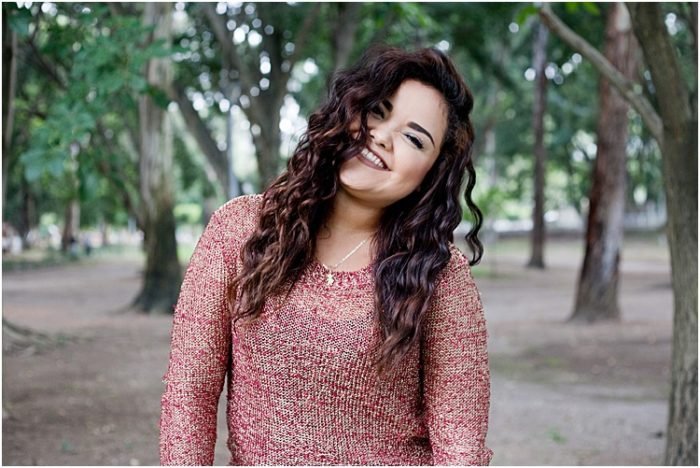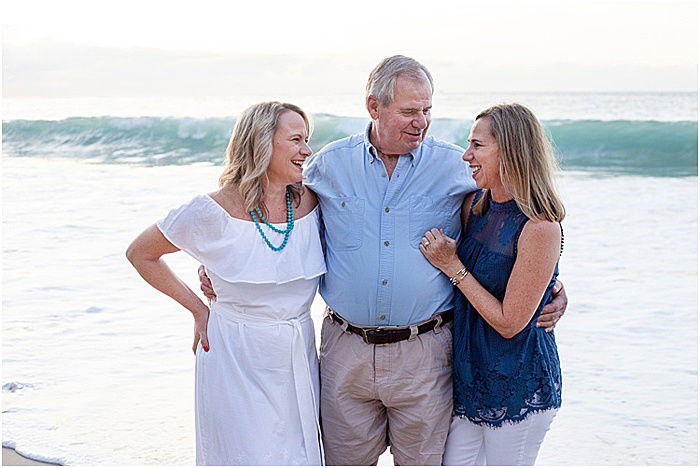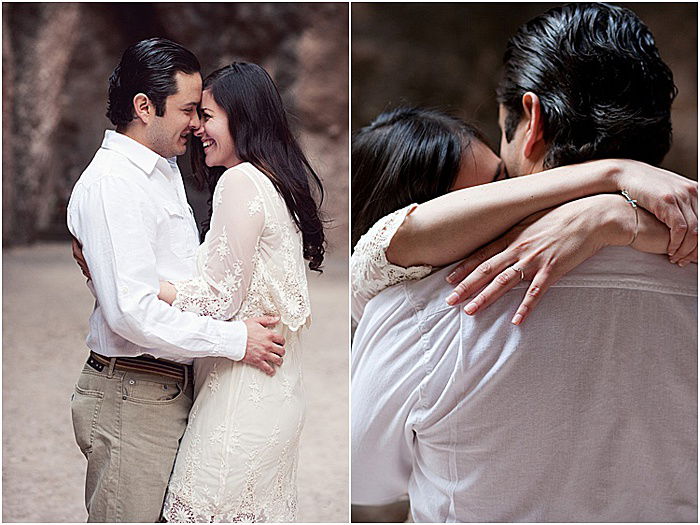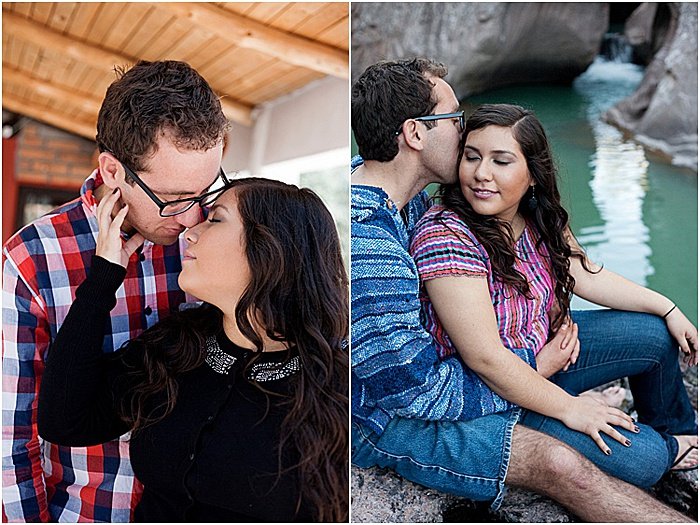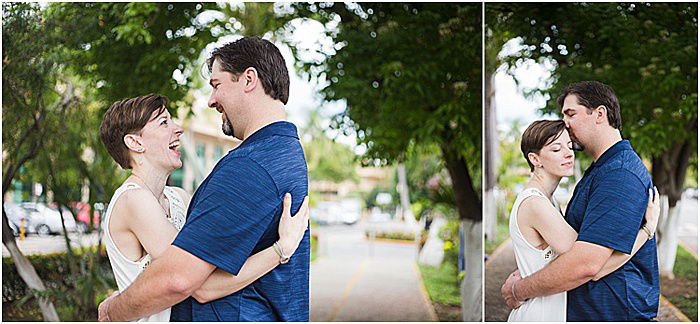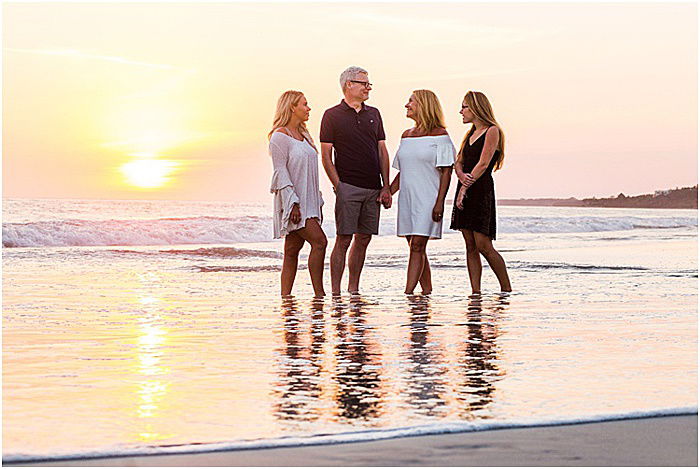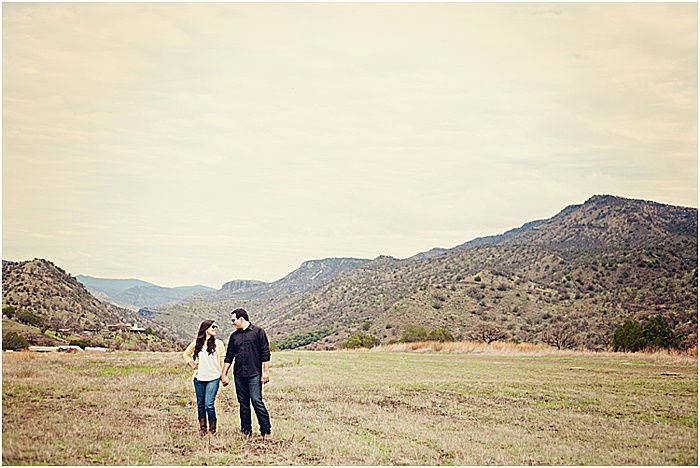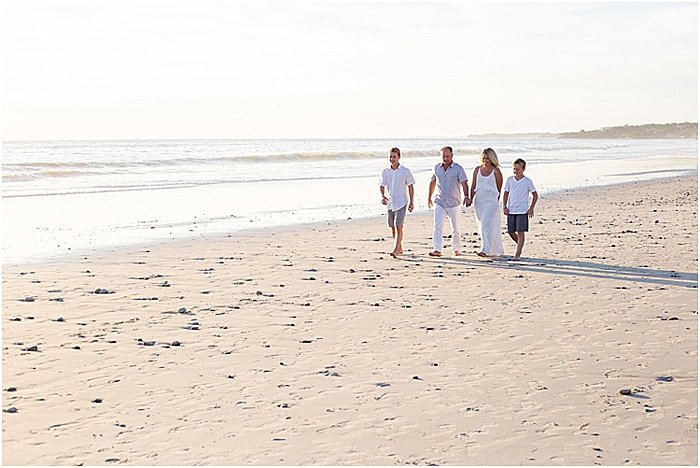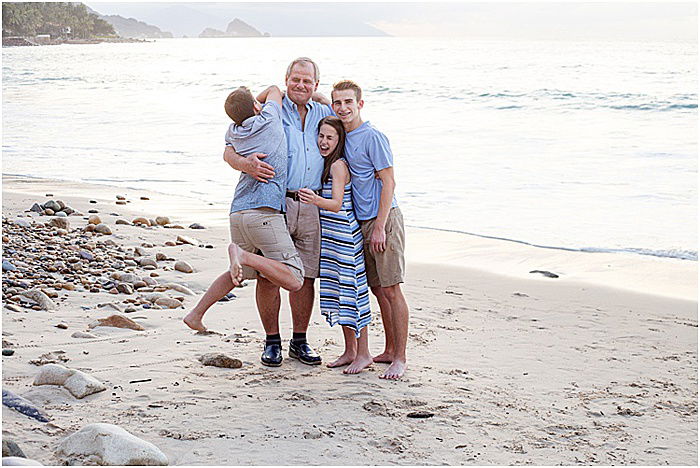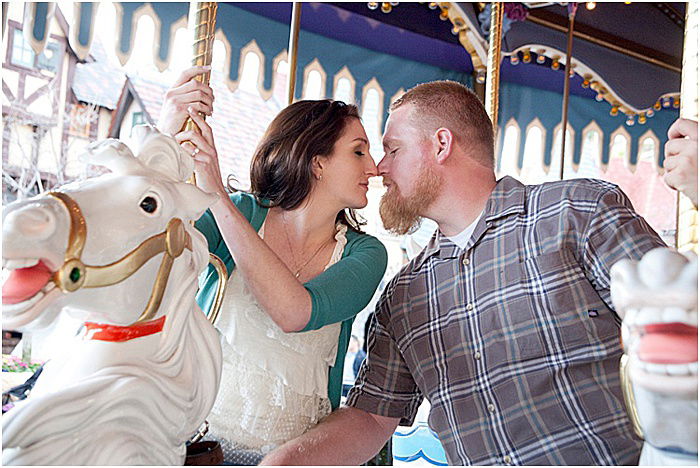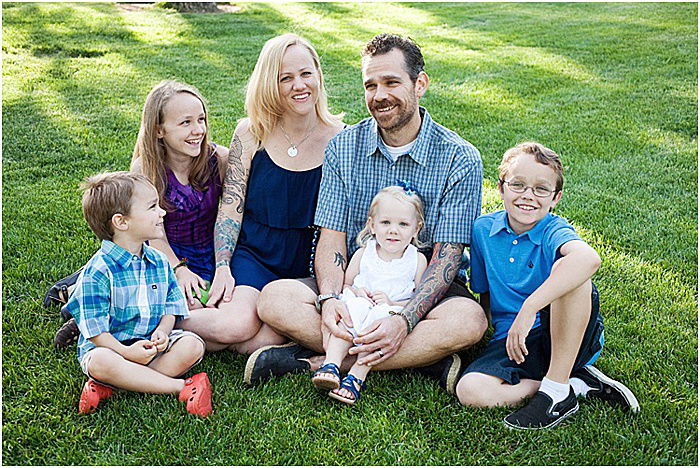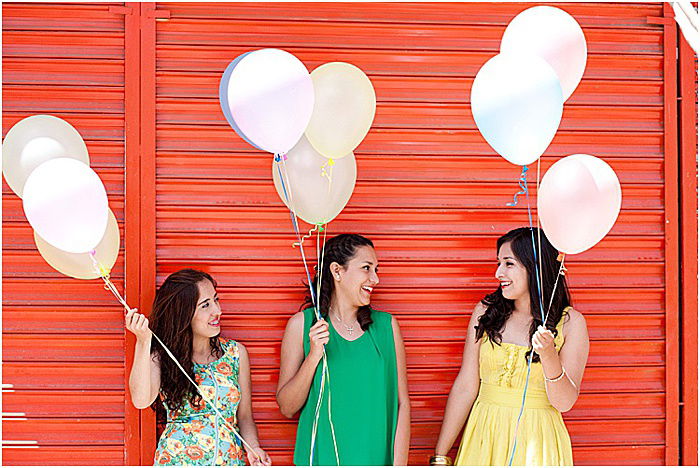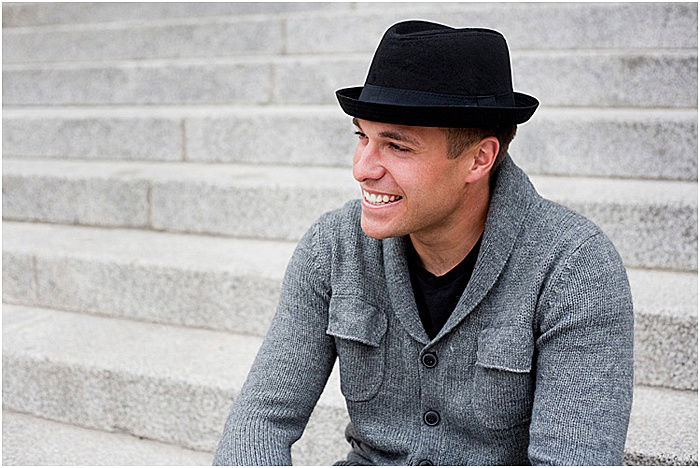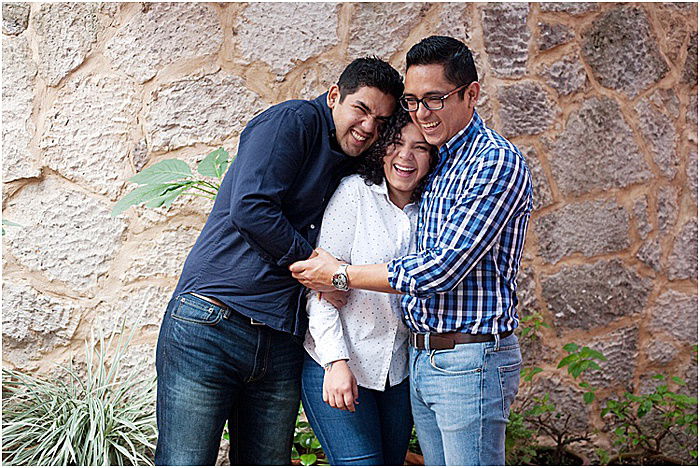They’re not. Capturing feeling in photography is a key skill to develop. Emotional photography will bring you more clients, and lead to better images. Here’s how to take photos bursting with emotions.
1. Using Emotional Photography to Help Keep the Conversation Going and Relax Clients
To get real expressions and emotions out of a couple, person, or even a child, you should talk to them. Speaking about something that they enjoy can get them in the right mindset. Try talking about a mutual love of reality TV or even just asking questions on how the couple met. This can bring about a more relaxed stance in the poses. It’ll get people laughing, making faces, and expressing their feelings in non-verbal ways.
When you’re photographing one person, ask about their hobbies. Or a place they’ve traveled to, or a photo you saw of them posted on social media. Anything to get them talking. With a couple, ask them to talk to each other. For more romantic feelings, ask them to look at each other. Have them take turns telling each other what they love about one another. This will get some laughs, some romantic photos, and you’ll be able to capture that emotion in every frame.
For children, ask parents to play, walk, jump or even make jokes during the session. Children love when parents are silly and can join in on the fun. Get photos of children laughing with their heads tilted back or even making angry faces at the camera. This will show their personality in a whole new light.
2. Create Emotional Imagery Through Significant Locations
This is useful when you are determining where to photograph your client for their session. Ask them if there is a specific location that means something to them. This works for both couples and families.
Going to a place that is meaningful and significant will cause your client to talk about that location. It will bring up memories and stories that will cause big emotions in your clients. Capture these emotions. They’ll create much more authentic and raw imagery than a location that is not meaningful.
Getting your clients to think of places that mean more to them will also create much more attachment to the photos that you deliver. They’ll always think of the memories attached to the location.
3. Tell Your Clients to ‘Enjoy the Moment’
Remind the family, couple, or individual to enjoy the moment as you photograph them. This can create relaxed and authentic emotions from everyone at the session.
For couples, pose them close while you capture photos from a good distance. This will allow the couple to relax and enjoy the moment together. They can talk, hug, kiss, and act authentic in front of your camera.
For families, a great way to get more emotions out of them is to pose them spaced out holding hands. Position yourself at a good distance so they can walk slowly toward you and the camera. Instruct your clients that they should walk slowly, have fun, make jokes, and look at each other while walking. It may take two or three times to get the perfect walking photo. This lets the family laugh, joke, have fun and truly enjoy the moment. This means lots of emotions in the final photos where everyone in the family is having a good time.
4. Shoot From a Distance
Create some distance between you and your client. It will help them to feel more comfortable in front of the camera. This also allows them to be themselves with one another without much thought of where you are.
You can also have them move about the location. You’ll be able to capture full length photos of your clients from a distance.
Shooting from a distance can really help you to loosen nerves. Your clients will get comfortable from the beginning of the session. Most people are pretty nervous at having their photo taken. Having you and the camera a good distance away can help them get used to the process.
You can tell more of a story at a distance as well. Creating emotions isn’t just about expressions on your clients’ faces. It’s about mood, location, lighting, and storytelling. Including more of the surroundings can help to tell the story of the session and your clients.
If a family is vacationing where you live, capturing them in an iconic location from a distance can help tell the story of their trip. Or a couple at the location where they got engaged can also help to tell the story. This makes the photos more meaningful!
5. Determine What Kind of Vibe Your Clients Have
This is probably the most important tip. The vibe that your clients are giving you will be the type of emotion that is most natural to them. That’s the one you’ll want to capture in-camera. If your clients are the type that joke and laugh, have them tell jokes to one another or say something funny while having their photos taken. This will create fun and playful images. If your clients are a couple who is very romantic and enjoy hugging, kissing, and being close, take more intimate photos. This way you’ll show the love they have for one another.
Watch and observe your clients within the first 15 minutes of the session. That way you can determine what type of vibe they are giving you and then go from there.
6. Best Time of Day for Emotional Photography
Be mindful of the time of day that you want to have your session in. This can help to create the emotion that you are going for in the final images. A sunset can give off a more intimate and reflective feeling. A certain calm is projected when one looks at sunset images. Especially if it is in a location with lots of natural elements like a beach or mountaintop.
Photographing your clients at midday can add drama to your photos. This is due to the natural shadows that direct sunlight creates. You can also get bright photos during this time. Go for a more airy look and happy emotions in the photographs.
Check with your clients and ask them what kind of feeling they want their photos to have. This can help you both determine the location and the best time of day.
7. Photograph the Details
Capturing emotion in photographs also means to tell the story of your client. Taking the time to get detail photos can capture the emotion that you’re looking to show. Think of a couple walking hand in hand. You can photograph close to their hands with the location in the background. Giving the feeling of walking hand in hand with the love of your life. Another example could be photographing a toddler’s hands and feet as they play in the sand at the beach during sunset. Giving the feeling of love and tenderness in a beautiful location.
You can take details of a person’s accessories, clothing, shoes, or even their hand sweeping the flowers in a field. All of this can create a lot of emotion in a photograph. A child digging with their hands or little sandy hands and faces. Details add to the story and can be even more emotive than the posed photographs.
8. Use Poses Only at the Beginning of the Session
Posed photographs are a good starting point. Most clients will be nervous at the beginning of the session. They will want you to direct them on how to look their best. But not posing at all can add a great emotional boost to the final images!
Allow your clients to move freely, enjoy the moment, walk, play, have fun, and just be themselves. This can free them of the pressure of having the perfectly posed photograph. And it’ll lead to more emotional photography. You’ll have the opportunity to capture your clients in their most relaxed state. This will create more authentic expressions and emotions. You’ll get real laughs, real love, and real feelings!
Do this whenever the session is feeling a little forced or stagnant or if you’re using the same poses over and over again. It’s a nice break for your clients. And you have more freedom to focus on the details and tell more of the story during the session.
Conclusion
Adding emotion to your photography doesn’t have to be forced. You can create real emotional photography with each image using the above tips and give your clients something more than the traditional posed photographs. They’ll love seeing real and authentic photographs from their session!
